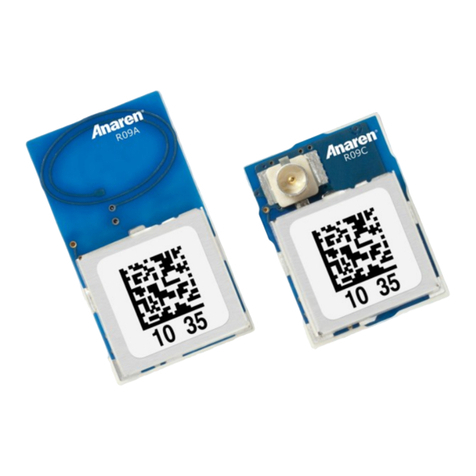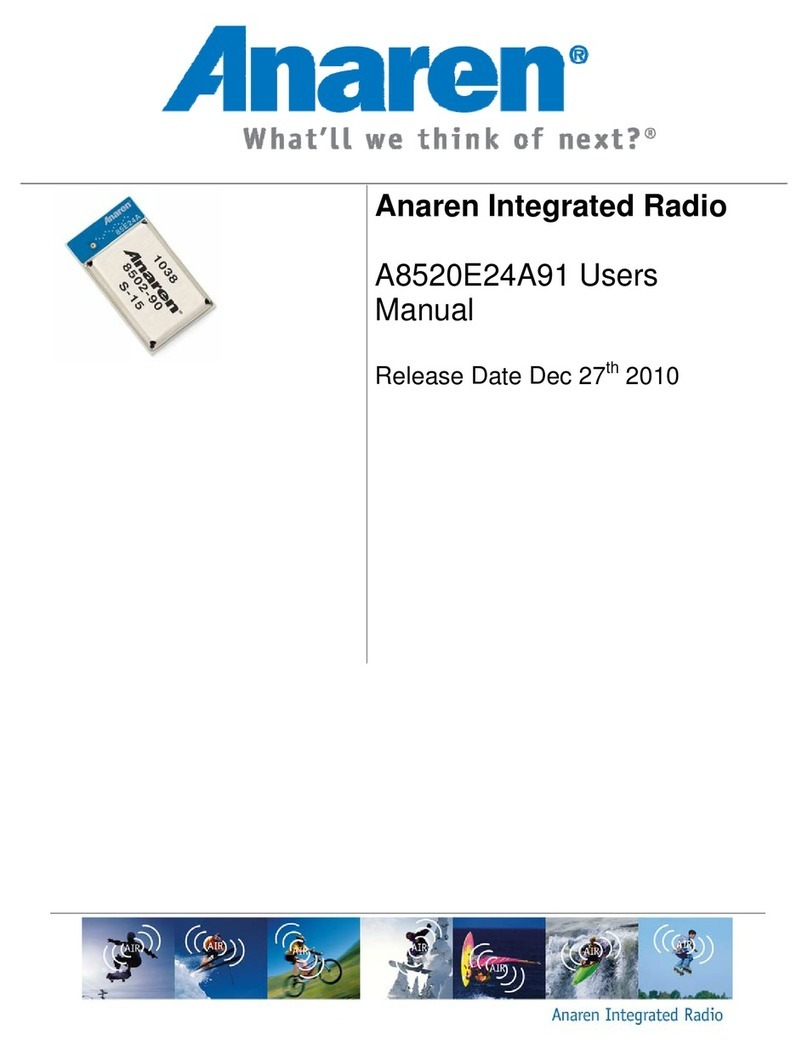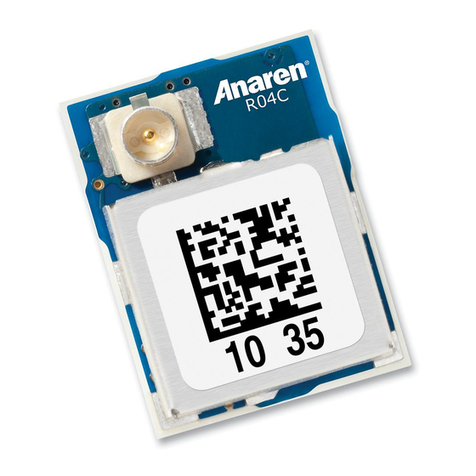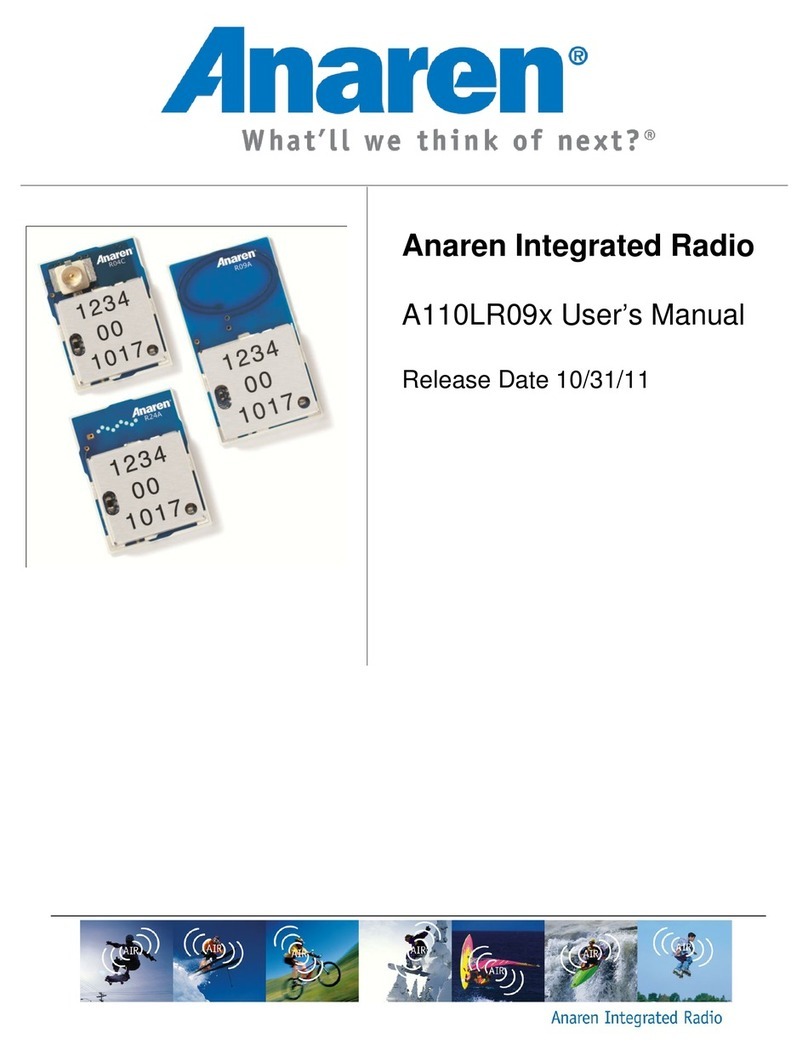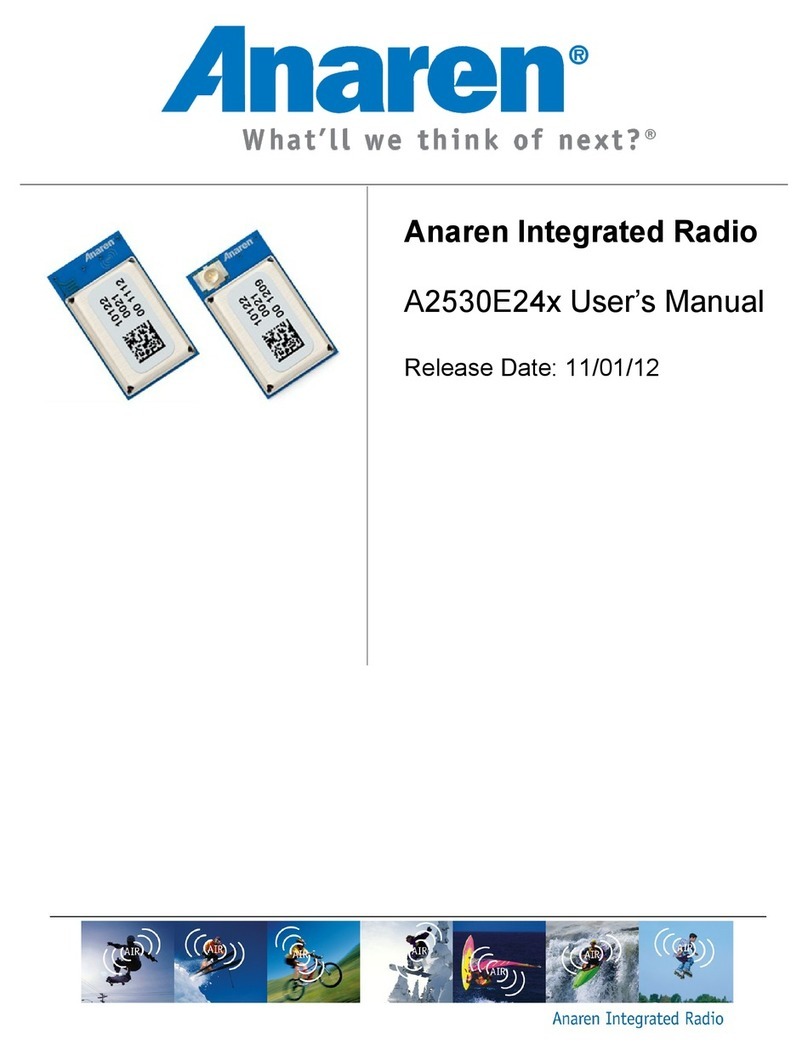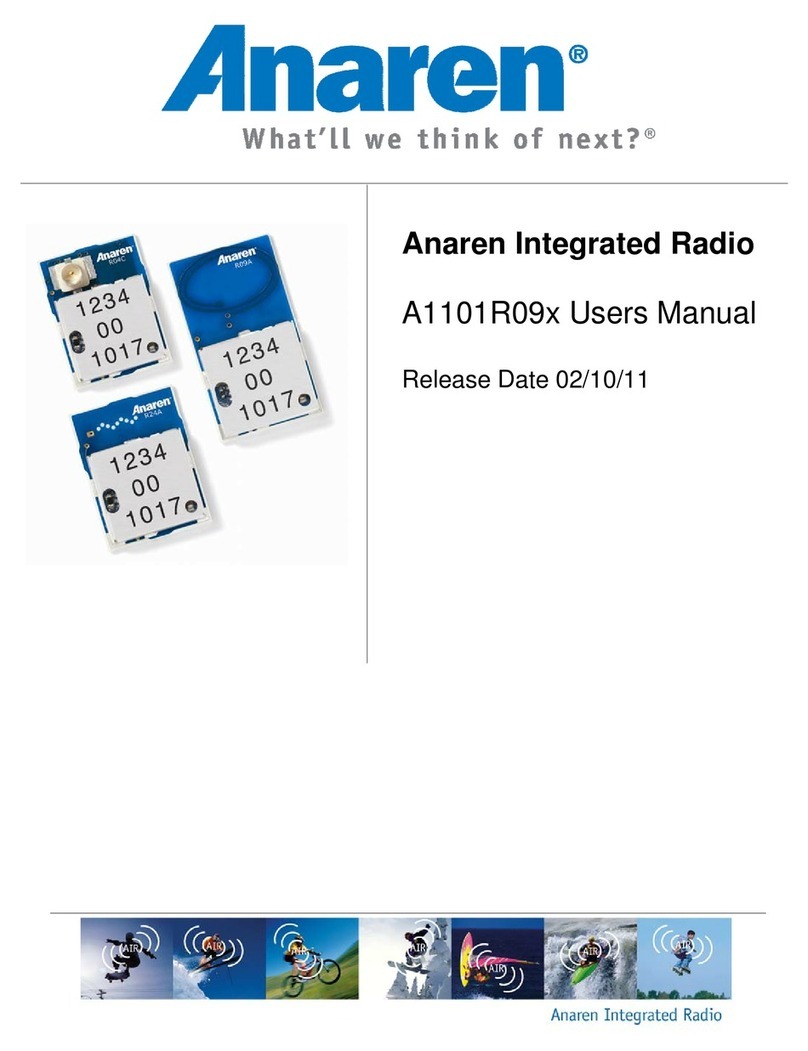
iii
USER’S MANUAL
Models A2541R24A and A2541R24C
Contents
1. Overview ..........................................................................................................................................................5
1.1. A2541R24A.................................................................................................................................................5
1.2. A2541R24C.................................................................................................................................................6
1.3. Features.......................................................................................................................................................6
1.4. Theory of Operation..................................................................................................................................7
1.5. Applications.............................................................................................................................................10
2. Approvals and Usage ...................................................................................................................................11
2.1. Product Approvals..................................................................................................................................11
2.1.1. USA (Federal Communications Commission, FCC).........................................................................11
2.1.1.1. FCC Labeling Requirements ................................................................................................11
2.1.1.2. End User Manual ...................................................................................................................12
2.1.1.3. RF Exposure............................................................................................................................12
2.1.2. Canada (Industry Canada, IC)..........................................................................................................12
2.1.2.1. IC Labeling Requirements ....................................................................................................14
2.1.2.2. RF Exposure............................................................................................................................16
2.1.3. Europe (Conformité Européenne, )...............................................................................................16
2.1.4. Bluetooth Special Interest Group (SIG) ............................................................................................17
2.2. Potential Interference Sources ...............................................................................................................17
2.2.1. WLAN...............................................................................................................................................17
2.2.2. Classic Bluetooth ...............................................................................................................................18
2.2.3. Microwave ovens...............................................................................................................................18
2.2.4. Other Interference .............................................................................................................................18
2.2.5. Time critical data...............................................................................................................................19
2.3. Approved Usage .....................................................................................................................................20
2.3.1. USA and Canada...............................................................................................................................20
2.3.2. Europe ...............................................................................................................................................21
2.3.3. Bluetooth ...........................................................................................................................................21
3. Electrical Characteristics ..............................................................................................................................22
3.1. Absolute Maximum Ratings ..................................................................................................................22
3.2. Operating Conditions .............................................................................................................................23
3.3. Pin Out......................................................................................................................................................23
3.3.1. A2541R24x10 (Module with TI BLE Stack).....................................................................................23
3.3.2. A2541R24x20 (Module with Emmoco EM-Ware Firmware)...........................................................25
3.4. Recommended Layout (dimensions in mm) .......................................................................................27
3.5. Power Supply Considerations ...............................................................................................................29
4. Mechanical and Process................................................................................................................................30
4.1. Radio Module Details (dimensions in mm).........................................................................................30
4.1.1. A2541R24A ......................................................................................................................................30
4.1.2. A2541R24C.......................................................................................................................................30
4.2. Packaging Details (dimensions in mm)...............................................................................................31
4.2.1. Matrix Tray Packaging .....................................................................................................................31
4.2.2. Tape-Reel Packaging .........................................................................................................................31
4.3. Soldering...................................................................................................................................................32
